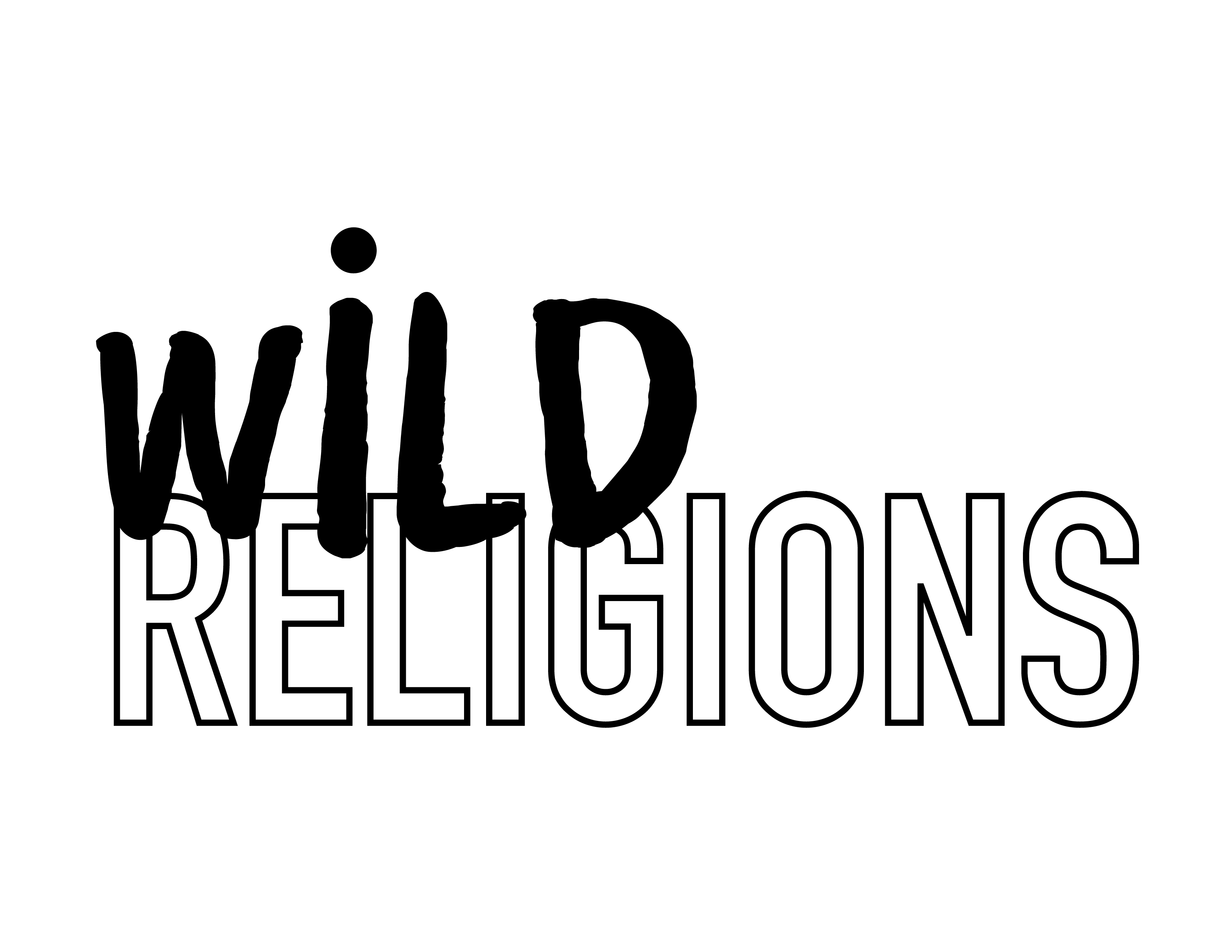Wild Religions and the Interpretation of Misfortune
Overview
Scholars of religion have long observed that in most organized religions, including “world religions”, there exist alongside the officially sanctioned tradition a set of “wild traditions” or “folk practices” that enjoy popularity among lay adherents, e.g., in the form of shamanism, cults of local deities, divination, and the propitiation of ancestors. Wild religious traditions often persist at the periphery of organized, doctrinal traditions.
Folk religious traditions differ from their more orthodox manifestations in religions like Islam, Christianity, Buddhism because they do not focus on such matters as the origin of the world, the roots of evil, or salvation of the soul. Rather, they appear to center on the pragmatic goals of avoiding or palliating misfortune. In our research, we focused on two main questions, a) How do wild or folk traditions approach the explanation of misfortune? and b) How do humans minds in non-religious contexts make sense of the misfortune that affects particular individuals?
Strand 1 : How wild religious traditions address misfortune
Research Team: Pascal Boyer, Eric Chantland
Cultural responses to misfortune are puzzling. Wild religious traditions are generally centered around predicting, explaining or remedying misfortune. Witches are agents of illness and maladies whose pernicious presence lies unseen among the community, shamans salve wounds with poultices and charms, and alters are placed to placate ancestors in hopes to forgo rot or famine.
Why would most folk or “wild” religions be about misfortune? This leads to a greater question, why do human beings feel the urge to explain misfortune?
We used online databases and created further online resources to investigate how “wild” religious traditions explain the Events and Causes of misfortune as well as the Actions that prevent or remedy misfortune. We further seek to explain how different communities construe the interplay of specific wild and doctrinal religious specialists attuned to specific maladies and how misfortune is explained through the lens of folk traditions

Photo Credits: Shutterstock (purchased for editorial)
Strand 2: Why do people blame and derogate victims?
Research Team: Pascal Boyer, Eric Chantland, Lou Safra
We know from experience that people often blame the victims of various kinds of misfortune: for example, assault or accident. They state, for instance, that the victim somehow ‘had it coming’, to use a common phrase, because they were reckless, did not take sufficient precautions, provoked someone to attack them, and so forth. People often seem motivated to devalue or derogate individual victims of misfortune.
To explain this, we consider how individual misfortune creates cooperation dilemmas, as individuals must both limit the amount of help provided to victims (a direct cost in resources) and preserve their reputation as cooperators (which requires offering some help). We interpret victim derogation in the face of misfortune as a tool to limit our obligation to help victims by signalling that the victim is undeserving of assistance.
Our studies investigated this cooperation model by showing that there is a correlation between the extent to which people deny help to victims, and their propensity to devalue or denigrate these victims. In further studies, we manipulated the perceived degree of prosociality of victims and show that more prosocial victims, i.e., those who are an asset to the community, are seen as being more cooperative, higher character, and less negligent for their misfortune despite such misfortunate events being unrelated to their prosocial attitudes. Subsequent studies manipulated the degree victims are a burden to others and demonstrate that those whose misfortune incurs costs on others engender lower personal and cooperative ratings. Thus, our research continually validates the model that victim derogation is a means to balance social obligations vs resource demands.

Photo Credits: Maja Smiejkowska/Reuters
